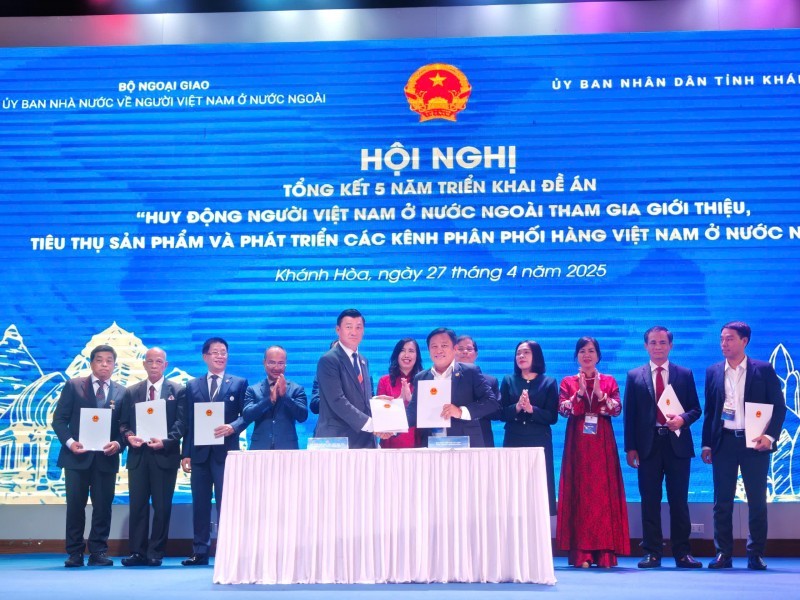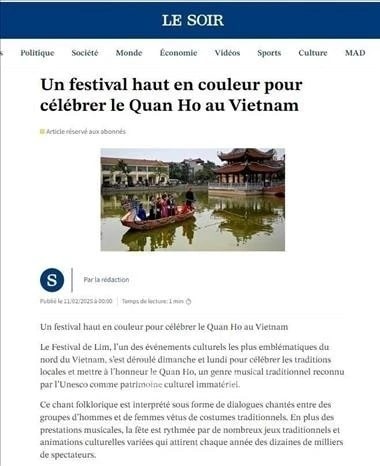Discover The Khmer’s Ka Ot Temple In Tay Ninh
Ka Ot Temple is located in Ka Ot hamlet, Tan Dong commune, Tan Chau district, Tay Ninh province. It was built with a unique Khmer Theravada sect architecture, becoming a leading tourist attraction in Tay Ninh.
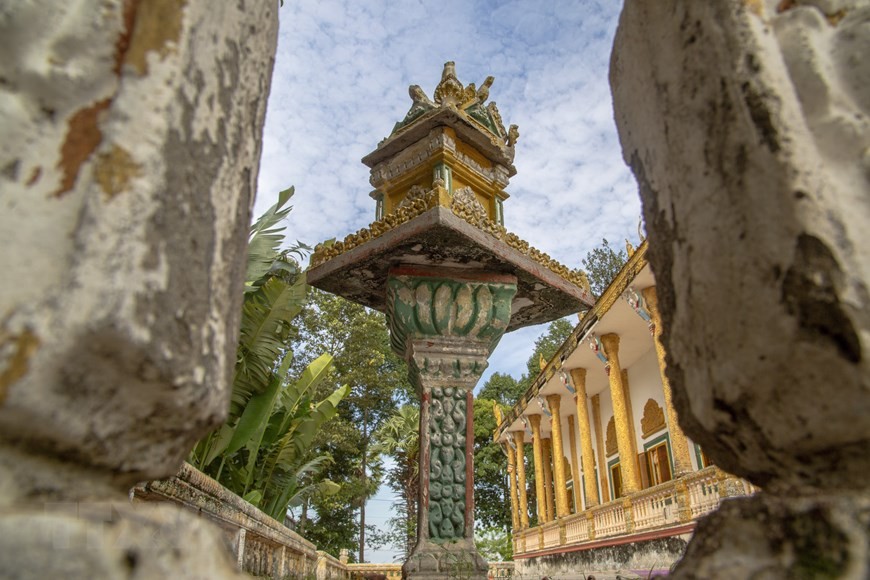 |
| Photo: Giang Phuong/ TTXVN |
The temple is about 23km from Tan Chau town and about 59km from Tay Ninh center. In order to get to this spiritual place, you first need to move to Tay Ninh by bus or motorbike and then arrive at the temple. Starting from the center of Tan Chau town, you follow route 785, go straight to Ka Tum Market, then turn about 2km to reach the destination.
Many tourists are impressed by the meaning behind the unique name and architecture of the Theravada sect.
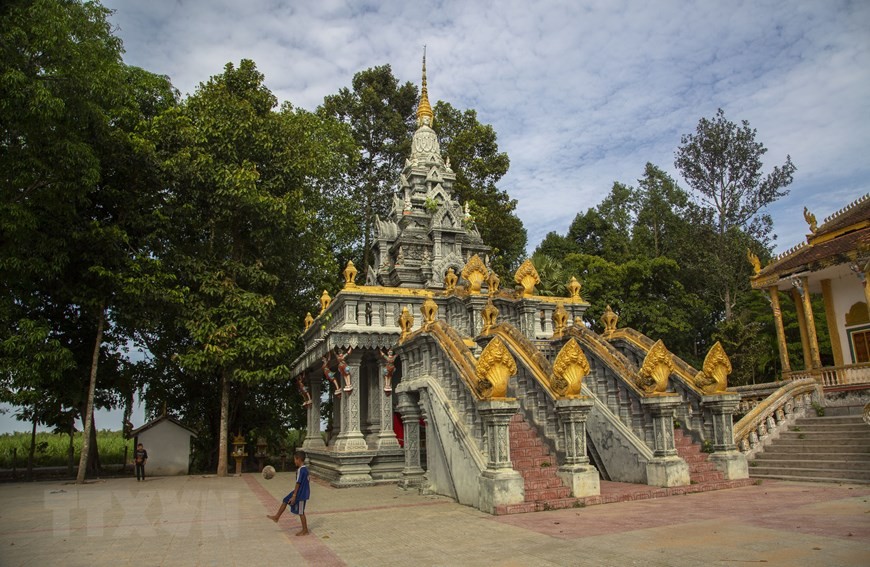 |
| Photo: Giang Phuong/ TTXVN |
Ka Ot Temple was built in 1980 and officially inaugurated in 1996. At first, the pagoda was called Kiri Sattray Menchey Ka Op, which means the name of a woman when she won in the mountains. Later, it was renamed and called Ka Ot as it is now. Visitors will be able to admire the pure beauty, especially the time at noon when the sunlight through the foliage is both peaceful and majestic when they arrive at this famous temple in Tay Ninh.
Ka Ot temple was built on a large plot of land and is surrounded by bamboo and trees, creating breathtaking scenery. The main hall was decorated with dragon heads in four directions. The temple faces the East, which means “faces the Budhha” according to religion.
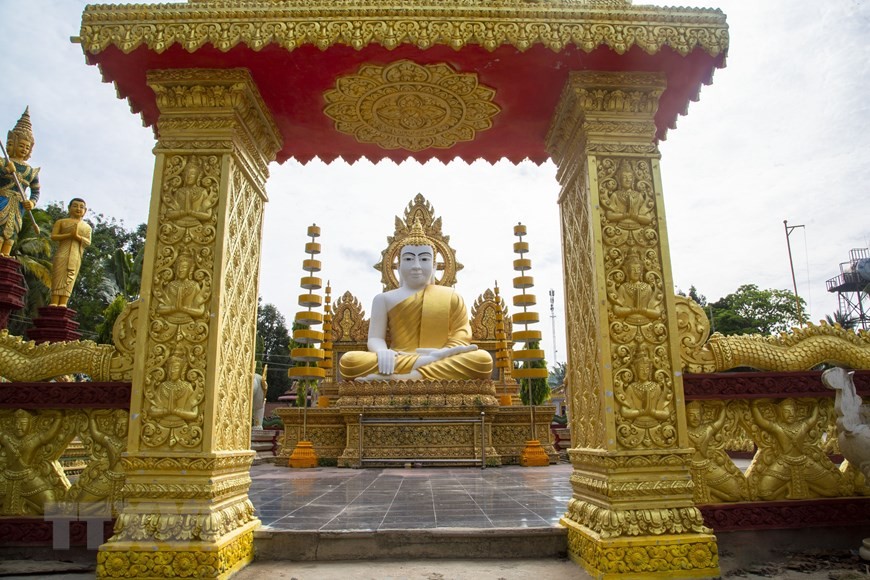 |
| Photo: Giang Phuong/ TTXVN |
The first stop is the main hall. Here, visitors will be able to admire the picture of the Buddha transferring the Dharma to Buddhists. Moving deep inside the temple is the altar and the place where the statue of Shakyamuni is located.
Inside Ka Ot temple, there is also a specially designed area with many statues, most notably the giant Shakyamuni Buddha sitting on a high pedestal. The area to the left of the shrine is the tower that stores the ashes of deceased monks and Buddhists. It is because the Khmer people living in Tay Ninh do not cremate but they will burn the ashes and send them to the temple to worship.
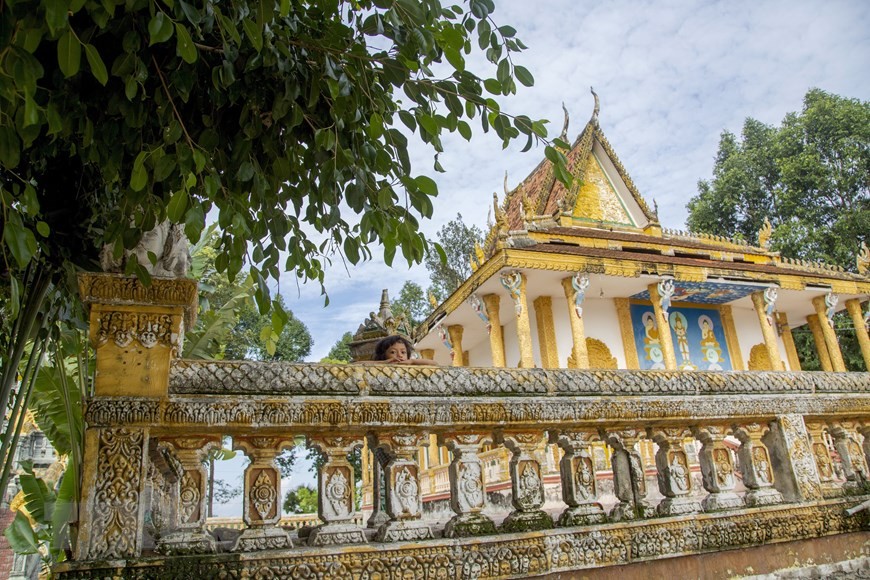 |
| Photo: Giang Phuong/ TTXVN |
This place is also a sacred place for the Khmer minority group to come and do religious activities.
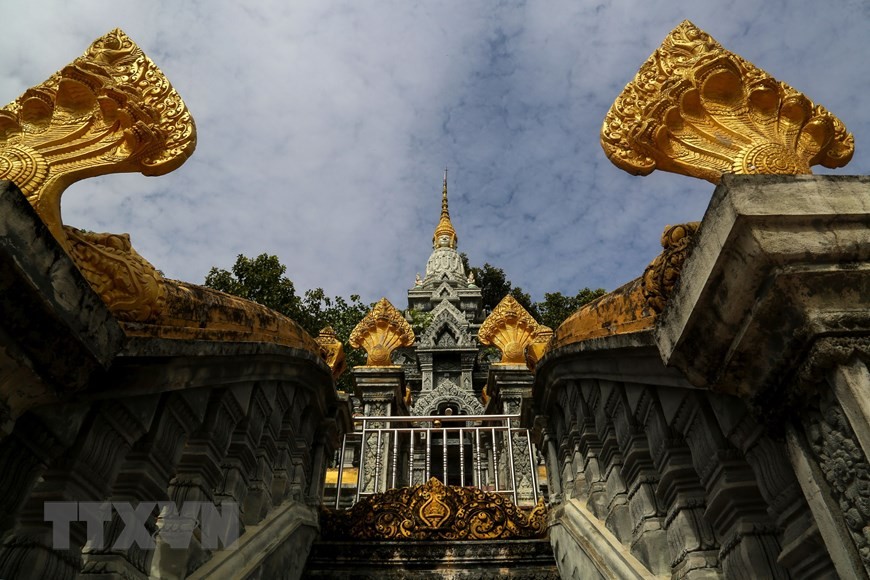 |
| Photo: Giang Phuong/ TTXVN |
| The southern part of present Vietnam was originally occupied by the Champa (Cham) and the Cambodian (Khmer) people who followed both a syncretic Saiva-Mahayana Buddhism and Theravada Buddhism, although Champa probably had a Theravada presence from as early as the 3rd century CE, whilst Cambodia received the Theravada as late as the 12th century. The Vietnamese started to conquer and absorbed the land in the 15th century, and the current shape of the country was finalized in the 18th century. From that time onward, the dominant Viet followed the Mahayana tradition whilst the ethnic Cambodian practiced the Theravada tradition, and both traditions peacefully co-existed. In the 1920s and 1930s, there were a number of movements in Vietnam for the revival and modernization of Buddhist activities. Together with the re-organization of Mahayana establishments, there developed a growing interest in Theravadin meditation and also in Buddhist materials based on the Pali Canon. These were then available in French. Among the pioneers who brought Theravada Buddhism to the ethnic Viet was a young veterinary doctor named Le Van Giang. He was born in the South, received higher education in Hanoi, and after graduation, was sent to Phnom Penh, Cambodia, to work for the French government. During that time, he developed a growing interest in Buddhism. He started to study and practice the Pure Land and Tantric ways but was not satisfied. By chance, he met the Vice Sangharaja of the Cambodian Sangha and was recommended a book on the Noble Eightfold Path written in French. He was struck by the clear message in the book and decided to try out the Theravada way. He learned meditation on the breath (Anapanasati) from a Cambodian monk at the Unalom Temple in Phnom Penh and achieved deep samadhi states. He continued the practice and after a few years, he decided to ordain and took the Dhamma name of Ho-Tong (Vansarakkhita). |
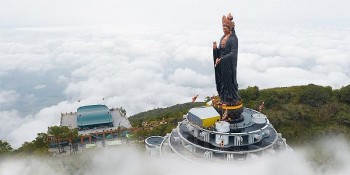 | Explore The Most Beautiful Tourist Destinations In Tay Ninh These wonderful places with rich natural scenery that captivate people’s hearts in Tay Ninh will be the most perfect choices for a relaxing summer holiday. |
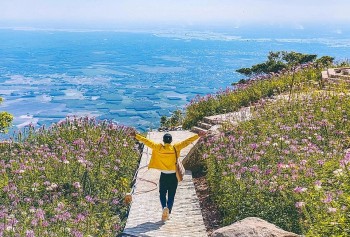 | Ba Den Mountain – A Perfect Destination For Escaping Summer Heat With the cool temperature and gorgeous natural scenery, Ba Den Mountain has become a lovely gateway for tourists to escape from the heat this summertime. |
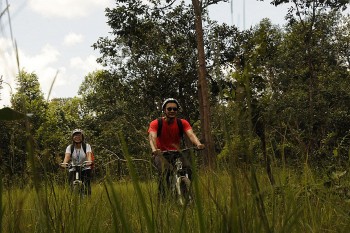 | Get Back to Nature: Visit ASEAN Heritage Garden in Tay Ninh Province The southern province of Tay Ninh is a wild and mysterious land for senior "backpackers" to challenge themselves to the extreme. It has the Lo ... |
Recommended
 Travel
Travel
Vietnam Strengthens Its Presence On The Global Tourism Map
 Multimedia
Multimedia
Phong Nha-Ke Bang National Park Named Top Adventure Travel Site
 Travel
Travel
Phong Nha Named Top Budget-Friendly Travel Destination for Spring 2025: Agoda
 Travel
Travel
Four Indian Films Introduced to Lao Cai Audience
Popular article
 Travel
Travel
Vietnam to Waive Visas for Citizens from 12 Countries until 2028
 Travel
Travel
Ninh Binh Full-day Tour among World’s Top Experiences: TripAdvisor
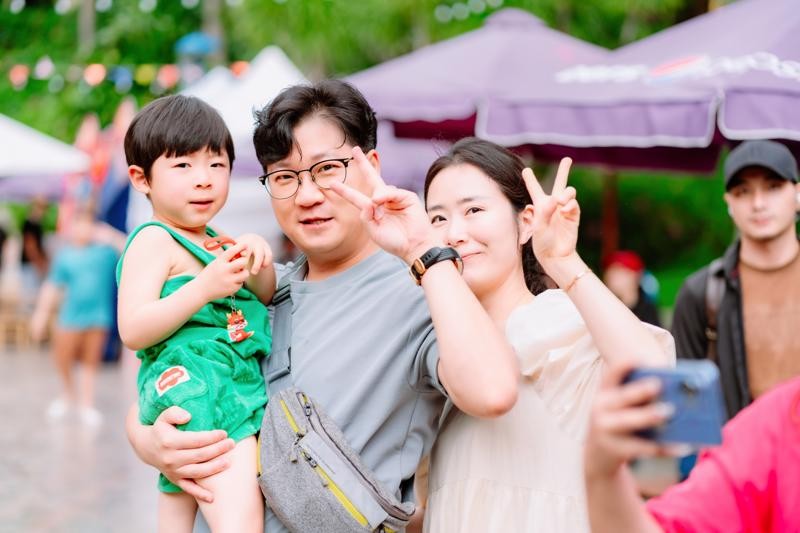 Travel
Travel
Vietnam: Ultimate Family-Friendly Destination for RoK Travelers
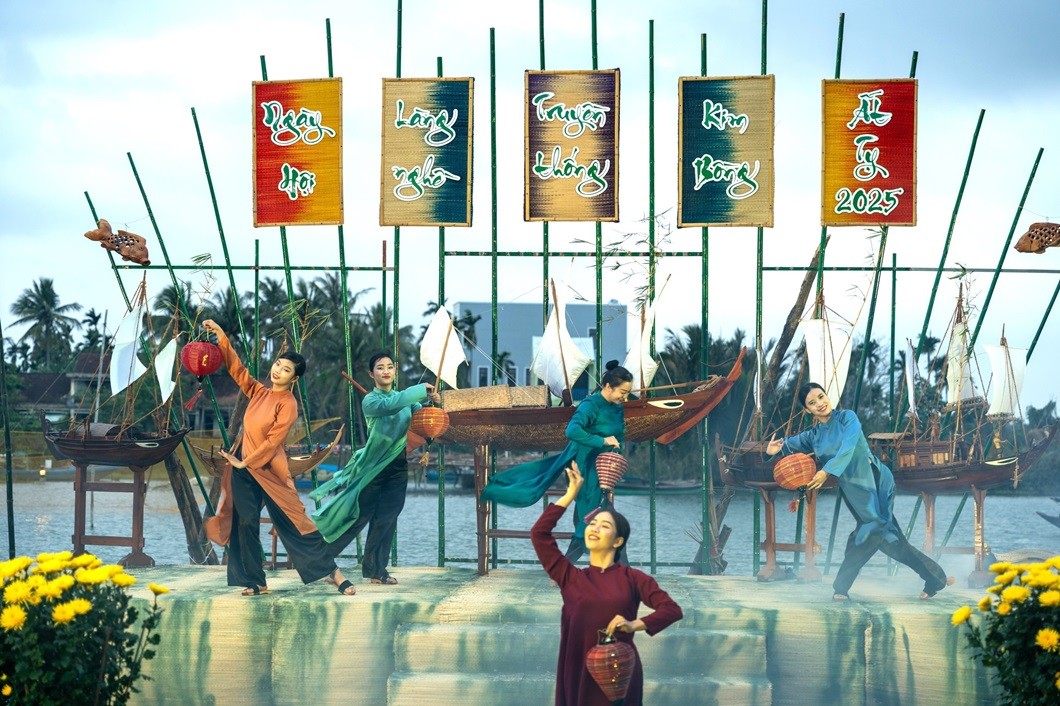 Travel
Travel




